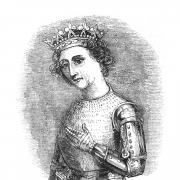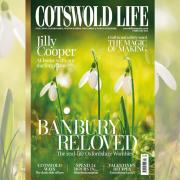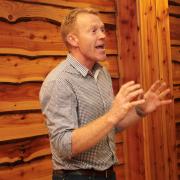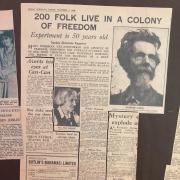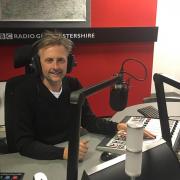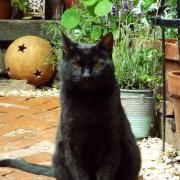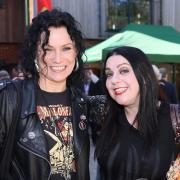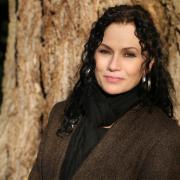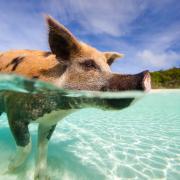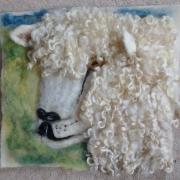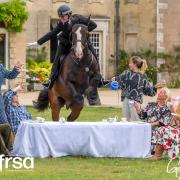Farming life in the Cotswolds with the Countryfile presenter
‘It’s all in the DNA’ must be the most popular phrase on TV at the moment. If you love crime dramas, real-life detective shows, history documentaries or family tree programmes, you’ll know just how often genetic tests appear on screen and how much hinges on their results.
Even Britain’s favourite Geordies, Ant & Dec, made a programme about their ancestors and discovered that they’re actually related. DNA, or deoxyribonucleic acid, was discovered way back in 1869, but its important role in passing genetic information from generation to generation wasn’t realised until 1953. The story goes that Cambridge University biologist Francis Crick walked in to his local pub and declared ‘we’ve found the secret of life’! So much for the science, but what has any of that got to do with food and farming? Well, it’s not just celebrities who can benefit from our understanding of the building-blocks of existence.
I’m involved in a fascinating project which will use DNA technology to safeguard the future of an historic local breed of cattle and one that’s close to my heart. The Old Gloucester is a beautiful mahogany-coloured animal with a distinctive white stripe which runs along its back and right down the tail. They were the classic multi-purpose cattle; a dairy and beef breed which were also working oxen, pulling ploughs and hauling waggons, while their milk made the farmhouse cheeses which put the Severn Vale on the world dairy map. And the breed has played a part in saving millions of lives, too. A sample of cowpox infection from a Gloucester cow named Blossom was used by the pioneering Berkeley physician Edward Jenner to create the first vaccination against smallpox in humans.
Gloucesters have always been special to me. My dad, Joe Henson, helped bring them back from the brink of certain extinction at a time when no-one was interested in keeping so-called ‘old-fashioned’ breeds. When the last surviving herd of 33 purebred Gloucesters was being sold off at Arlingham in 1972, he was one of the handful of buyers who dug deep in to their pockets to ensure those animals avoided the abattoir and instead became the foundation of a new healthy generation.
But half a century on, Gloucester cattle face uncertainty again. Numbers are declining, there aren’t enough unrelated bulls and cows, and there are too few herds distributed around the country. So I’ve been doing all I can to help my friend and fellow rare breeds farmer, Clifford Freeman, do something to reverse the decline. He’s using DNA profiling to establish the exact genetic characteristics of the cattle we have today, and using that to determine what traits we want to breed in to future generations; not just things like strong horns and straight backs, but the Gloucester’s lifespan, milk quality and the beefiness of the meat.

In fact I’ve just delivered one of my best bulls to Clifford; Bemborough Henry is a Gloucester that not only looks good but also scores well-above average genetically. He’s descended from a bull called Bemborough Hopeful which my dad bred on the Cotswold Farm Park way back in the 1970s. So Henry fits the bill perfectly for the new breed improvement programme.
The dream is that within a few years the scheme will supercharge demand for Gloucester milk, cheese and steak, in turn encouraging breeders to establish new herds; so more cattle, in more counties, countrywide and a chapter of our farming heritage saved forever. And if that becomes a reality, it really would make a great TV programme.
Follow Adam on Twitter: @AdamHenson
Cotswold Farm Park, 01451 850307; cotswoldfarmpark.co.uk




